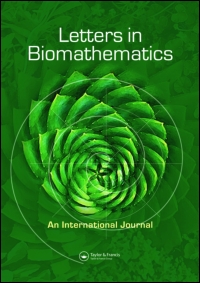Using mathematical modelling to investigate the effect of the sexual behaviour of asymptomatic individuals and vector control measures on Zika
DOI:
https://doi.org/10.30707/LiB6.1BanuelosKeywords:
Zika, Epidemics, Mathematical modelling, Control, Wolbachia, Sexual transmissionAbstract
Zika is a vector borne disease for which the latest world wide outbreak inspired a renewed interest in epidemiological modelling of vector borne diseases. However, due to the possibility of sexual transmission and the high proportion of asymptomatic individuals, models for similar diseases, such as dengue or chikungunya, are no longer applicable. It is of interest to study how the existence and behaviour of asymptomatic individuals and the potential of them transmitting the disease affect the overall epidemic dynamics. The model presented here aims to be as simple as possible, while at the same time taking into account the features that make Zika unique among other vector borne diseases. This model allows for the exploration of sexual transmission and how the sexual behaviour of asymptomatic individuals may affect the spread of the disease. In addition, the model was used to determine the basic reproductive number, with and without the effect of sexual transmission as well as to implement a simple version of control using Wolbachia bacterium.
